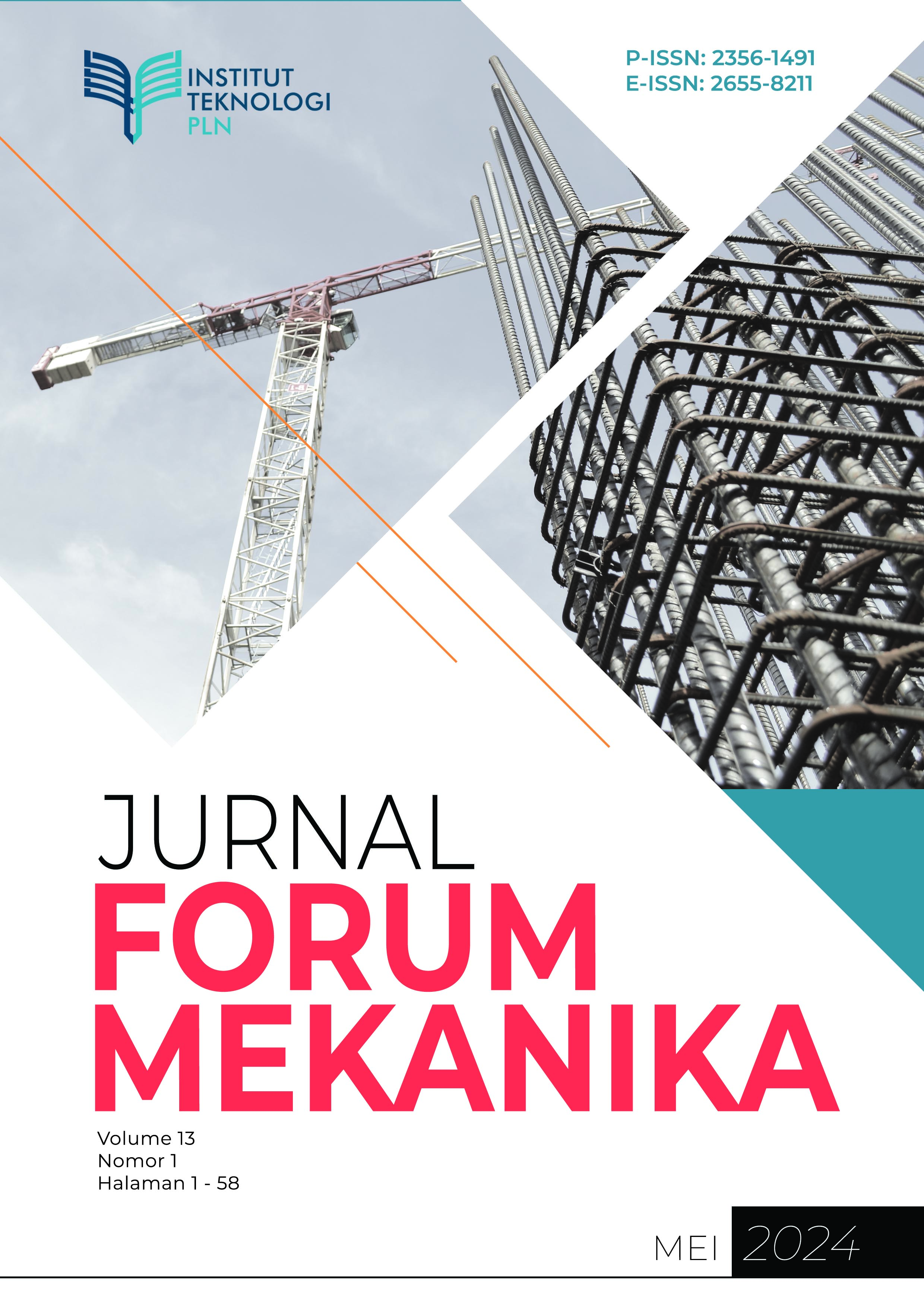Stabilitas Bendung Pengelak Pada Bendungan Karedok Sumedang
Main Article Content
Abstract
A cofferdam is a type of dam that functions as a diversion or deflection barrier to keep the construction area, which is in contact with water, dry. Although cofferdams are often referred to as temporary dams, their design must take into account factors such as seepage and the slope stability of the cofferdam body to prevent failure. The analysis of cofferdam slope stability is adjusted based on the water level conditions and the slope or body of the cofferdam. In the analysis conducted, the stability of the cofferdam was evaluated using both manual calculations and the Geo5 application, employing the Fellenius method. The results obtained from the analysis showed that the highest safety factor from the manual calculations using the Fellenius method was 2.88 under empty conditions on the downstream side, while the lowest safety factor was 1.38 under rapid drawdown conditions with an earthquake on the upstream side. Meanwhile, the highest safety factor obtained using the Geo5 application with the Fellenius method was 1.55 on the upstream side, and the lowest safety factor was 1.36 under rapid drawdown conditions on the downstream side.

